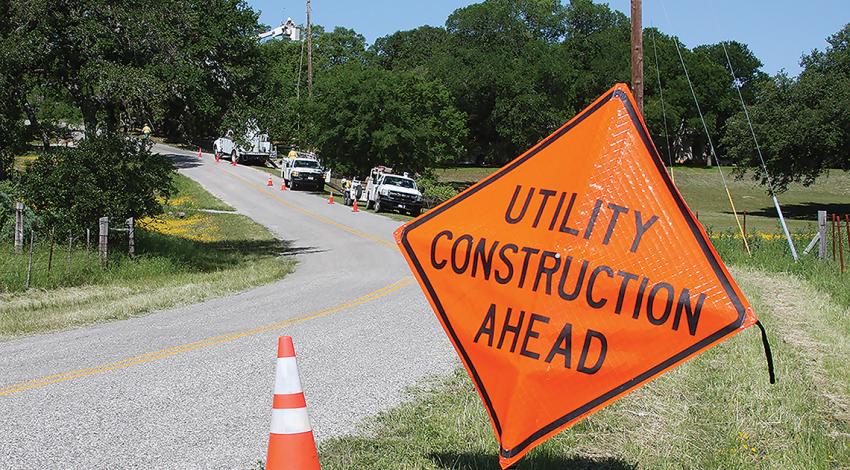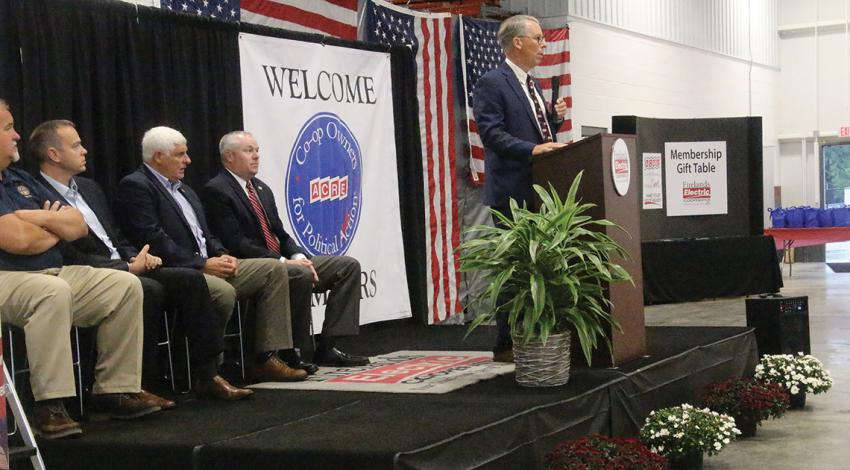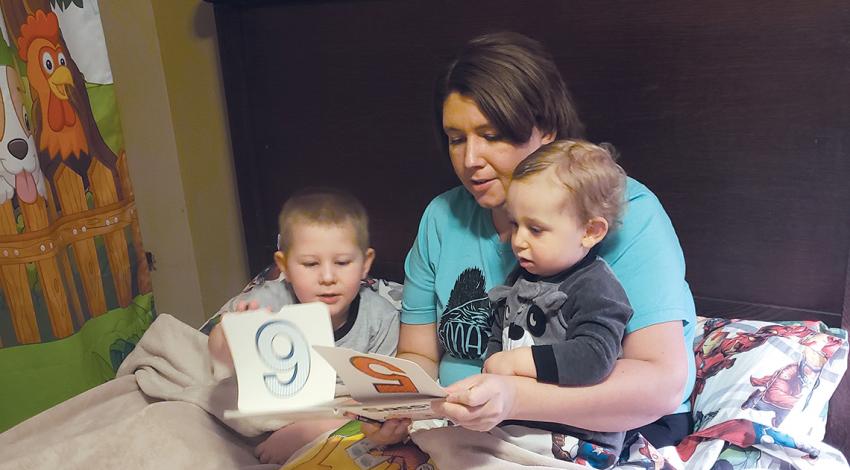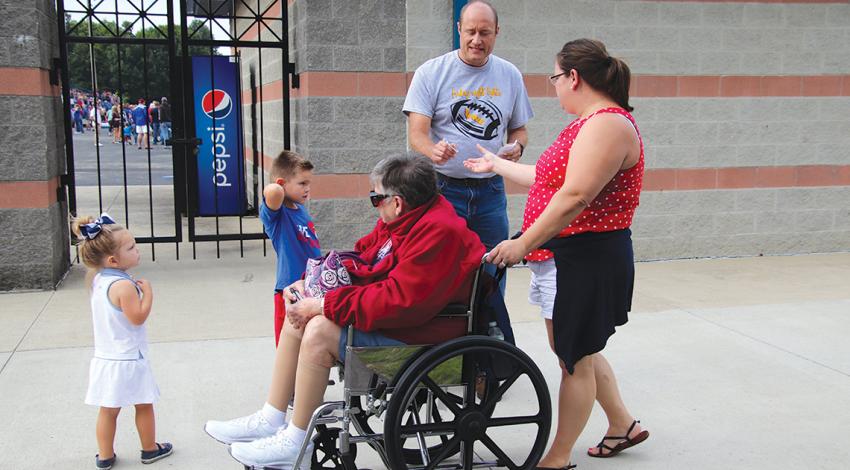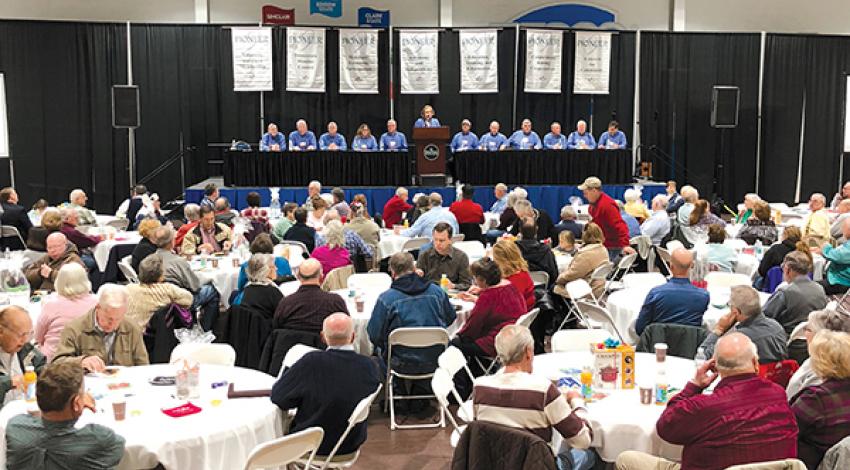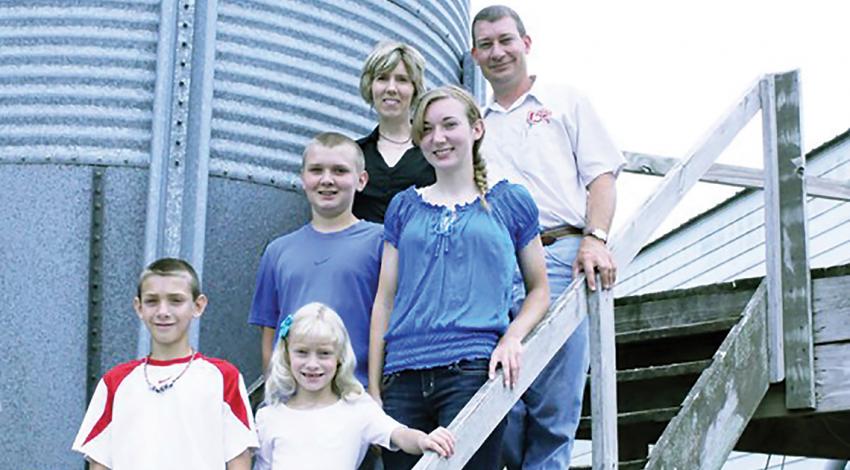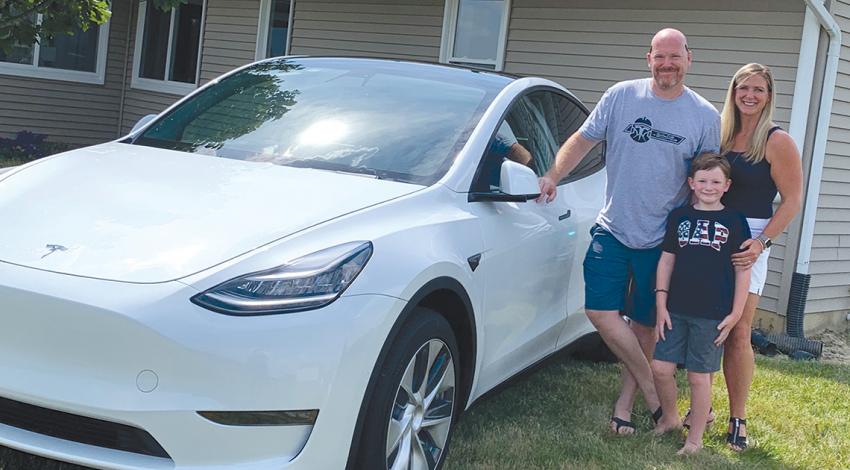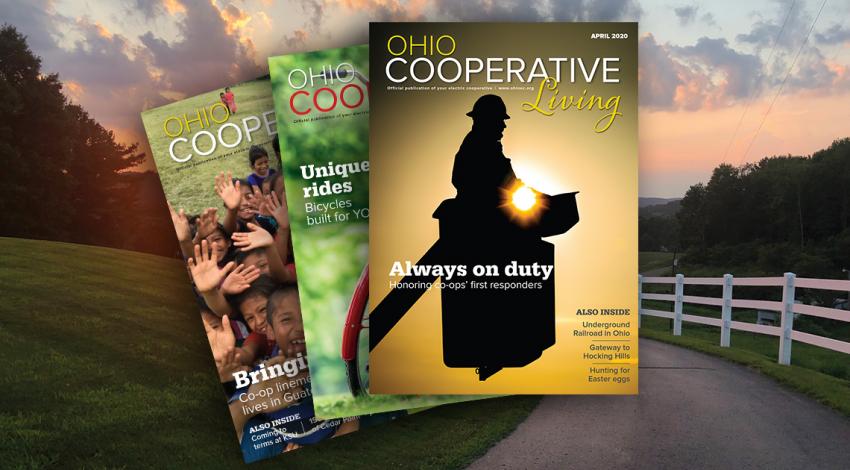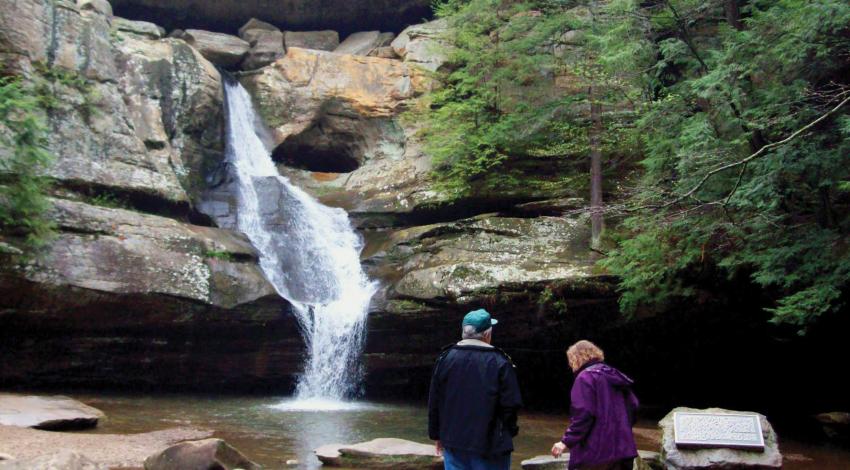More and more people get behind the wheels of cars these days with a phone or a sandwich in hand — or in any number of other attention-hogging situations — and give less and less of their concentration to driving safely.
From mere property damage to ruining — or ending — lives, some of those costs are easier to figure out than others. According to a survey of electric cooperatives in Ohio, for example, it costs $2,576, on average, to replace a pole that has been damaged in a car crash. Generally, that’s paid by the driver’s insurance, but not always. There are other costs, too.

